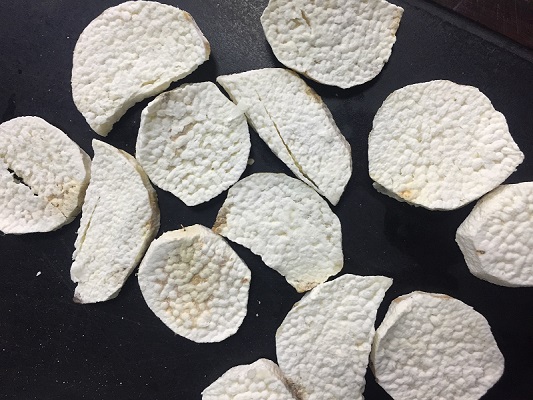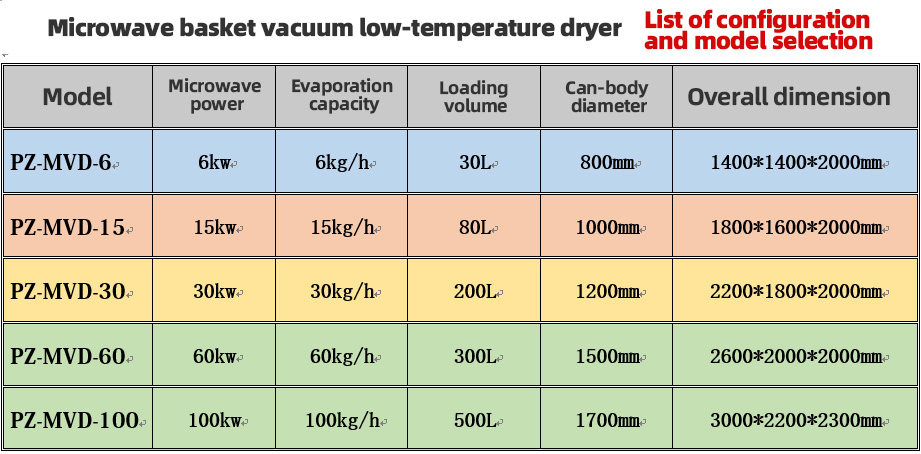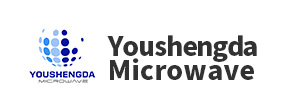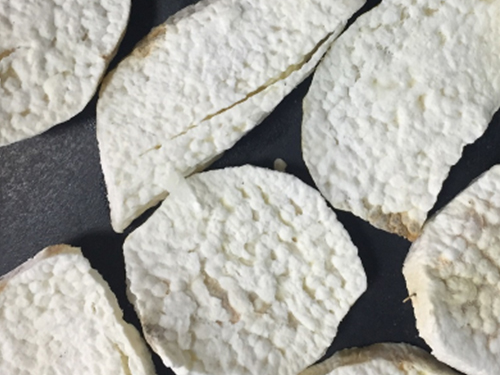Microwave vacuum low-temperature drying yam tablets
2018/12/15


Microwave vacuum low-temperature dryer, which is developed to provide a new and efficient low-temperature drying process for the deep processing of food, pharmaceutical, biological, chemical, new materials and agricultural and sideline products. Most fruits and vegetables can be dehydrated and dried at low temperature, including banana slices, jackfruit, figs, lotus seeds, red dates and jujube slices, cashews, walnut kernels and walnuts with shells, ginkgo with shells, siraitia grosvenorii, chickpea, lycium barbarum fruits, and other fruit products.
General use:
1. The initial water content of the material is below 80%.
2. The dryness is required to be within 1% - 20%.
3. The drying temperature is within 20-120 ℃.
4. The material is powder or granular, and there is no requirement on the appearance after drying.
5. It can meet the intermittent operation performance.
Common types are:
1. Drying temperature: 10-100 ℃.
2. High vacuum: ≥ -0.096Mpa.
3. Recovery of evaporation: more than 90% of the evaporated gas is effectively recovered.
4. Multi-purpose machine: can dry various materials.
5. Condensation temperature: - 20 ℃. It is comparable to the freeze-drying effect.
Other special purposes:
Microwave vacuum wall breaking:
Microwave vacuum low-temperature drying dehydration:
Microwave vacuum low-temperature sterilization:
Microwave vacuum carbonization:
Microwave vacuum removal of pesticide residues:
Microwave vacuum expansion:
Microwave vacuum desulfurization and deacidification:


1. Low drying temperature - lower than 30 ℃,
2. Recoverable evaporation ---- Recoverable condensable matter above 0 ℃.
3. It can evaporate and separate the residues of organic pesticides and sulfides inside the material -- after reduction, it can reach PPM level.
4. The vacuum degree is high when the equipment is working -- above -0.096.
5. Take dry rose as an example, three products can be obtained at the same time - sulfur free rose dry flower, super rose cell fluid and super rose essential oil.
6. Design service life > 12 years.
Under vacuum conditions, heating the object can make the water inside the object evaporate without temperature rise. Due to the difficulty of air convection and heat transfer under vacuum conditions, the only way to provide heat energy for materials is to rely on heat conduction. The conventional vacuum drying method has a slow heat transfer speed, low efficiency, and difficult temperature control. The heated material will also produce internal and external temperature difference. Microwave heating is a kind of radiation heating, which is the direct interaction between microwave and objects, so that they are heated inside and outside at the same time, without convection or conduction to transfer heat, so the heating speed is fast, the drying efficiency is high, and the drying quality is high.

Rated input power S: 40kva
Microwave output power P: ≤ 30KW
Single loading volume L: 150 L/time
Drying and dehydration efficiency Q: 30kg/h
Temperature control accuracy C: ± 3 ℃
Microwave leakage detection p: 2MW/cm2 ≤ 5mw (national safety standard
Roller rotation speed V: 0-15 rpm
Overall dimension of equipment L: 5050 * 1950 * 2000mm




- Related information
-
-
Expansion of Traditional Chinese Medicine Extract by Microwave Vacuum and Low Temperature Drying
-
Preparation of Codonopsis pilosula slices with microwave vacuum low-temperature dryer honey
-
Microwave vacuum low-temperature dryer Gastrodia elata fresh slices
-
Expanded donkey-hide gelatin dried by microwave vacuum at low temperature
-
Youshengda Microwave Technology (Shanghai) Co., Ltd Copyright ICP:2023002225-1 disclaimer

